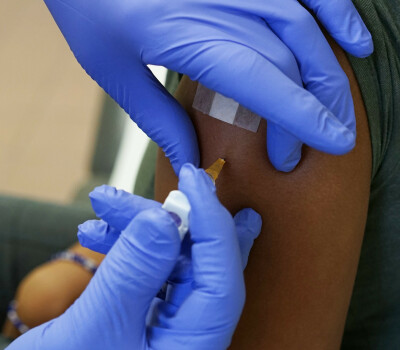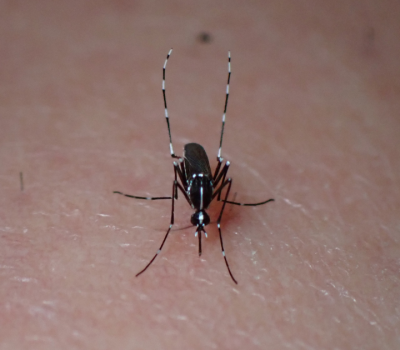Symptoms of monkeypox can manifest in different ways, or sometimes not at all

Researchers of the Institute of Tropical Medicine (ITM) in Antwerp found the monkeypox virus in samples from people visiting ITM for gonorrhoea and chlamydia testing. Although three patients showed no symptoms of monkeypox during their appointment, the virus was still found in the samples. It is possible that the patients could spread the monkeypox virus without being aware of it. The study, which was published in Nature Medicine, offers new insights that are of international importance to curb the further spread of the virus.
ITM hosts a large sexual health clinic that receives more than 5,000 patients annually. Patients include men who have sex with men (MSM), people living with HIV and MSM using PrEP (preventive HIV medication). In May, 237 underwent testing for gonorrhoea and chlamydia. On 224 samples, a PCR test for the monkeypox virus was performed afterwards. In the end, four samples tested positive. The affected patients were contacted as soon as their diagnosis was made and recalled for additional investigations.
Accidental diagnosis
One person had symptoms that initially suggested herpes rather than monkeypox. The other three patients did not experience any symptoms, but were found to have antibodies. This proves that they really had an infection with the monkeypox virus. An important finding is these patients were unaware of their infection. Thus, the diagnosis would not have been made if they did not happen to have an scheduled visit for routine HIV follow-up and STI screening at ITM. “The virus that we detected in the asymptomatic patients does not differ from the virus in patients who do show symptoms”, says Koen Vercauteren, clinical virologist at ITM. But whether asymptomatic patients can also infect others, future research should confirm.
“Interestingly, the test was positive in one of the four patients a few days before the first symptomatic case was detected in Belgium”, says Irith De Baetselier, first author of the study. “This person had not been travelling or attending a mass meeting, indicating that the virus was already circulating in Belgium before the first diagnosed case”, she adds.
Testing and quarantine may not be sufficient
“If we want to contain the outbreak, it may be insufficient to only test people who spontaneously present themselves with symptoms of monkeypox," says Christophe Van Dijck, medical doctor at ITM. So what is needed? First of all, patients and healthcare workers need to know that the symptoms can resemble those of other diseases and are sometimes barely noticeable, if at all. “Subtle lesions can always be overlooked. Therefore, we need to be aware that some infections may go unnoticed”, says Marjan Van Esbroeck, head of ITM's clinical reference laboratory. Secondly, people with a risk profile should be able to get tested easily. Thirdly, we must trace contacts of infected persons more intensively. Finally, as much as possible we must focus on vaccination to reduce the number of cases with or without clear symptoms.
Spread the word! Share this story on









